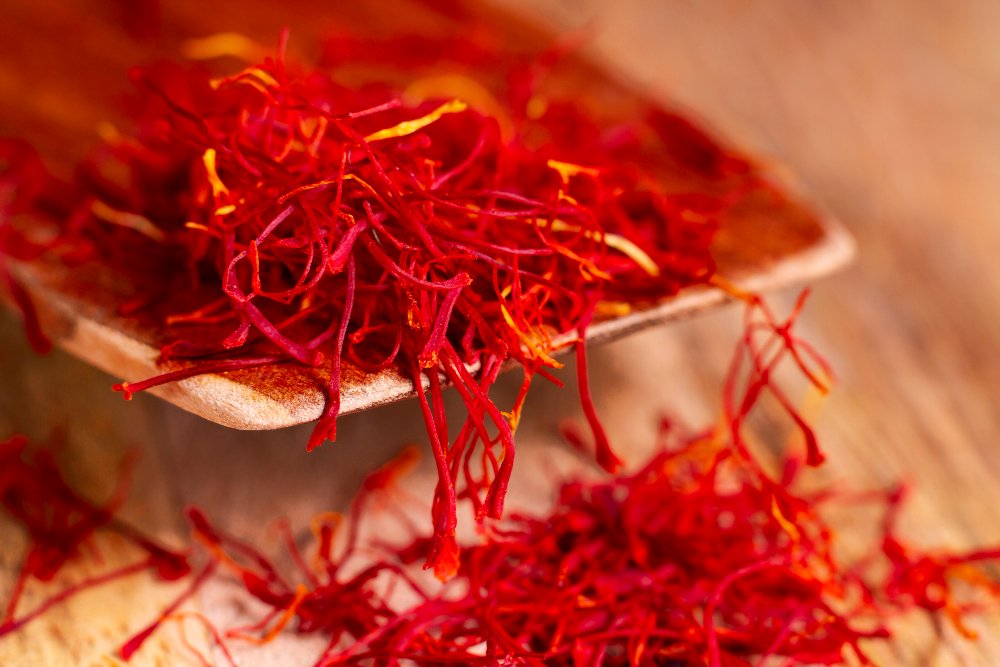
How to Grow Saffron at Home: A Step-by-Step Guide
Growing saffron (Crocus sativus) at home can be a rewarding project! Saffron is cultivated from the stigmas of the autumn-blooming saffron crocus. Though it requires some patience and care, with the right conditions, you can grow saffron at home in your garden or even in containers. Here’s a step-by-step guide to get you started:
1. Gather Your Supplies
- Saffron Bulbs (Corms): Purchase high-quality saffron corms from a reputable supplier. Each corm will produce a single flower with three saffron threads (stigmas).
- Planting Medium: Use well-draining, nutrient-rich soil. A sandy loam is ideal.
- Containers (Optional): If you don’t have garden space, use containers with drainage holes. Choose a container that is at least 6–8 inches deep.
2. Choose the Right Location and Timing
- Sunlight: Saffron crocus plants need full sun to thrive, so pick a sunny spot in your garden or on your balcony.
- Timing: Saffron corms are typically planted in late summer to early fall (August to September in the Northern Hemisphere). This gives the plants time to establish before blooming.
3. Prepare the Soil
- Drainage: Saffron requires well-drained soil. If the soil retains too much moisture, the corms can rot. If planting in the ground, add sand or fine gravel to improve drainage.
- pH: Saffron prefers a slightly acidic to neutral pH (6–7). You can use a soil pH testing kit to check.
4. Plant the Corms
- Spacing: Plant each corm about 3–4 inches apart to give them enough room to grow and spread.
- Depth: Bury the corms about 4 inches deep in the soil. Cover them lightly and water well after planting.
5. Care for Your Saffron Crocus
- Watering: Water the corms immediately after planting, but avoid overwatering. Saffron prefers relatively dry conditions, so water only when the soil feels dry to the touch.
- Mulching: Applying a light layer of mulch can help protect the corms and retain moisture in dry climates.
6. Harvesting the Saffron
- Blooming: Saffron flowers usually bloom 6–10 weeks after planting, typically in late fall. Harvest the flowers as soon as they open.
- Collecting Saffron Threads: Use tweezers or your fingers to carefully remove the three red stigmas (saffron threads) from each flower. Dry the threads in a dark, cool place for a few days, then store them in an airtight container.
7. Caring for the Corms Post-Harvest
- After blooming, the crocus foliage will continue to grow, gathering energy for the next season. Allow the leaves to naturally wither and turn yellow before trimming them back.
- In mild climates, the corms can be left in the ground, and they’ll bloom the following year. In colder areas, you may need to dig up and store the corms in a cool, dry place during the winter to prevent frost damage.

Additional Tips:
- Climate: Saffron grows best in USDA zones 6–9. In very cold climates, it’s best to plant in containers that can be brought indoors during winter.
- Pests: Saffron is generally pest-resistant but keep an eye out for rodents or other animals that may dig up the corms.
Growing saffron takes a little patience, but the result is a homegrown, aromatic spice that you can proudly use in your own cooking!




